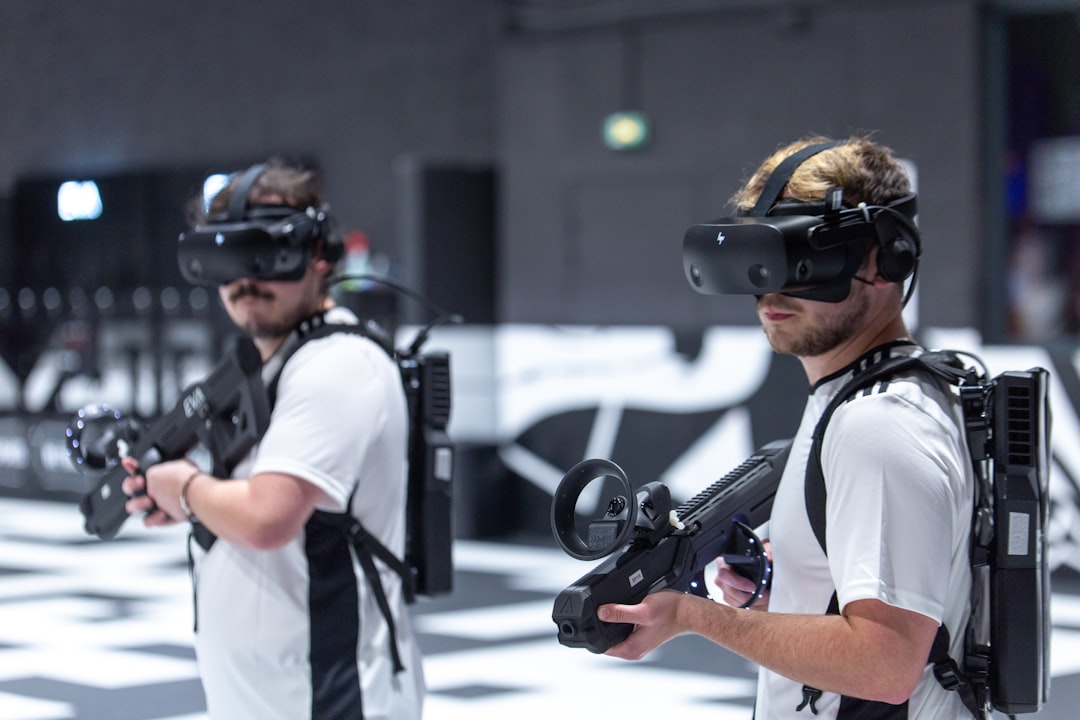In recent years, the term battle royale has become synonymous with a specific type of multiplayer gaming experience that combines survival, exploration, and last-one-standing gameplay mechanics. But where did this genre come from, why has it become such a phenomenon, and which games define its rise to prominence? To truly understand the ongoing popularity of battle royale games, it helps to explore their origin, unique gameplay mechanics, and the titles that have captured millions of players worldwide.
What Is a Battle Royale Game?
A battle royale game is a subgenre of action and survival games where a large number of players—typically ranging from dozens to as many as 150—are placed into a shrinking game space, and must compete against one another until only one individual or team remains. Inspired partly by the 2000 Japanese film Battle Royale, as well as elements from survival and first-person shooter genres, these games emphasize fast-paced combat, strategic positioning, and resource management.
The key features that define battle royale games include:
- Large-Scale Multiplayer: Up to 100 players or more competing in a single match.
- Permadeath: Players are eliminated after a single death and cannot respawn in solo formats.
- Shrinking Play Zone: A gradually shrinking area that forces players closer together as a match progresses.
- Loot-Based Gameplay: Weapons, armor, and items are scavenged from the map or dropped from supply crates.
- Survival of the Fittest: Victory is achieved by being the last player or team standing.
The combination of these mechanics creates a dynamic gameplay experience filled with tension, excitement, and unpredictable outcomes.
Origins of the Genre
Though battle royale games have exploded in popularity only in the last decade, their origins go back to modification communities within PC gaming. Early mods of games like ARMA 2 and Minecraft helped develop the foundational rules that would later be adopted by mainstream titles.
The genre received a major boost with the launch of early access survival titles such as H1Z1 and PlayerUnknown’s Battlegrounds (PUBG), the latter spearheaded by Brendan “PlayerUnknown” Greene, who previously worked on mods that combined large maps with PvP survival mechanics.

These early games demonstrated how exhilarating it could be to pit a large number of unarmed players into an environment where they must quickly scavenge, survive, and outwit enemies. As technology improved and gaming communities grew, so did the ambition and scale of battle royale experiences.
Core Elements That Define the Genre
Most battle royale games follow a familiar structure, but they each bring unique spins to the formula. Here are some of the key elements that fans have come to expect:
1. Parachuting onto the Map
Nearly all battle royale games begin by dropping players from a plane or similar vehicle, allowing them to choose where they land. This mechanic allows for early strategic choice—land in a populated area and risk an early fight, or choose a remote zone and gear up in solitude.
2. Scavenging for Weapons and Gear
From the moment players land, they must gather weapons, ammunition, health packs, and armor. The randomness of loot distribution means that no two games are ever exactly the same, pushing players to adapt constantly.
3. A Shrinking Safe Zone
To prevent players from hiding indefinitely, the map’s playable area continually shrinks due to a damaging zone that forces movement and encounter. This mechanic ensures constant action and increasing tension as the game proceeds.
4. Permadeath and High Stakes
Death in a solo match is permanent. In team formats, companions might be able to revive you or call you back into the game, but the thrill lies in how every play and decision carries lasting consequences.
Top Battle Royale Games to Know
Although many games have dabbled in the battle royale format, a few titles stand out for their popularity, innovation, and influence on the genre:
1. Fortnite
Launched in 2017 by Epic Games, Fortnite became a global sensation partly due to its bright, cartoon-style graphics and innovative building mechanics. Players can construct defensive structures on the fly, adding a layer of complexity and creativity to traditional shooting combat. The game’s frequent live events and ever-evolving map help maintain its massive player base.
2. PUBG: Battlegrounds
Often considered the game that popularized the modern battle royale craze, PlayerUnknown’s Battlegrounds (now known as PUBG: Battlegrounds) focuses on realism and tactical combat. With more grounded gameplay mechanics and various large-scale maps, PUBG caters to players who prefer a military-simulation edge to their BR experience.
3. Apex Legends
Developed by Respawn Entertainment and set in the Titanfall universe, Apex Legends introduced squad-based gameplay with unique character abilities. Each “Legend” has special powers that encourage team synergy and add depth to combat. The game’s fluid movement, sliding mechanics, and ping system were widely praised, influencing future titles.
4. Call of Duty: Warzone
Bringing the fast, responsive FPS mechanics of the Call of Duty franchise into the battle royale space, Warzone offered massive maps and up to 150 players per match. Introduced as a free-to-play addition to the Modern Warfare series, it captured millions with its loadout drops, contracts system, and revival features like the Gulag.

5. Fall Guys: Ultimate Knockout
Offering a completely different take on the genre, Fall Guys does away with violence and instead pits players in a series of whimsical obstacle courses. While still retaining the last-player-standing formula, it appeals to a broader audience with its slapstick visuals and chaotic mini-games.
Why Battle Royale Games Are So Popular
The appeal of battle royale games lies in both their accessibility and intensity. Matches are relatively short, easy to join, and filled with high-reward moments that encourage repeat play. Additionally, they thrive on unpredictability—no two games play out the same way, keeping players engaged through fresh challenges.
Social dynamics also contribute significantly. Whether teaming up with friends in duos or trios, or streaming solo matches to an online audience, these games are inherently fun to watch, which has helped propel their popularity on platforms like Twitch and YouTube.
Finally, many battle royale titles are free-to-play, monetized instead through cosmetic items and battle passes. This low entry barrier invites a broad demographic of players while still supporting ongoing development and seasonal content.
The Future of the Genre
As the genre matures, developers continue to experiment with mechanics, themes, and narratives. Hybrid games that blend elements of battle royale with RPGs, storytelling, or crafting are emerging. Moreover, technological advancements in mobile and cloud gaming are bringing BR experiences to wider audiences.
We may also see more genre crossovers, with battle royale elements appearing in sports, racing, and even puzzle games. The genre’s core principles—survival, unpredictability, and fierce competition—are adaptable, making their future potential almost limitless.

Conclusion
Battle royale games have transformed the multiplayer gaming landscape, offering tension-filled competition wrapped in evolving digital worlds. From the realistic battlegrounds of PUBG to the colorful chaos of Fortnite and the teamwork-driven action of Apex Legends, each title brings something unique to the table.
Whether you’re chasing wins or the next jaw-dropping highlight moment, the genre offers a compelling mix of strategy, skill, and spectacle. As technology and creativity continue to shape its evolution, battle royale gaming isn’t just a trend—it’s here to stay.



